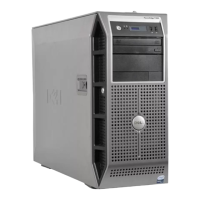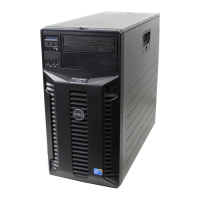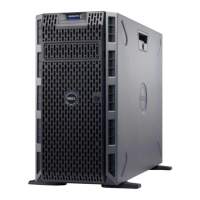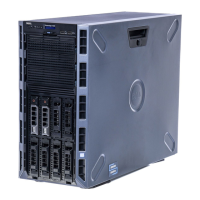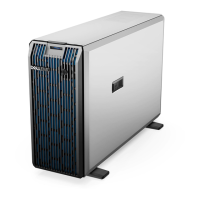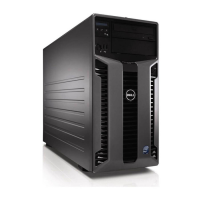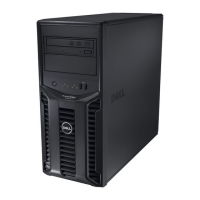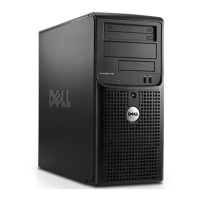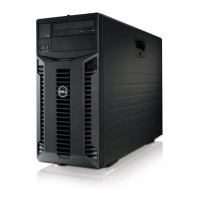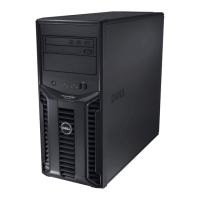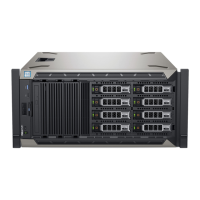Troubleshooting a hard drive
Prerequisites
CAUTION: This troubleshooting procedure can erase data stored on the hard drive. Before you proceed, back up all files on the
hard drive.
CAUTION: Many repairs may only be done by a certified service technician. You should only perform troubleshooting and simple
repairs as authorized in your product documentation, or as directed by the online or telephone service and support team.
Damage due to servicing that is not authorized by Dell is not covered by your warranty. Read and follow the safety instructions
that are shipped with your product.
Steps
1 Run the appropriate diagnostic test. See the Using system diagnostics section.
Depending on the results of the diagnostics test, proceed as required through the following steps.
2 Ensure that the needed device drivers for your controller card are installed and are configured correctly. For more information, see the
operating system documentation.
3 Restart the system and enter the System Setup.
4 Verify that the controller is enabled and the drives are displayed in the System Setup.
Next steps
If the problem persists, see the Getting help section.
Related links
Using system diagnostics
Getting help
Troubleshooting expansion cards
Prerequisites
CAUTION
: Many repairs may only be done by a certified service technician. You should only perform troubleshooting and simple
repairs as authorized in your product documentation, or as directed by the online or telephone service and support team.
Damage due to servicing that is not authorized by Dell is not covered by your warranty. Read and follow the safety instructions
that are shipped with your product.
NOTE: When troubleshooting an expansion card, you also have to see the documentation for your operating system and the
expansion card.
Steps
1 Run the appropriate diagnostic test. See the Using system diagnostics section.
2 Turn off the system and attached peripherals, and disconnect the system from the electrical outlet.
3 Remove the system cover.
4 Ensure that each expansion card is firmly seated in its connector.
5 Install the system cover.
6 Turn on the system and attached peripherals.
7 If the problem is not resolved, turn off the system and attached peripherals, and disconnect the system from the electrical outlet.
8 Remove the system cover.
9 Remove all expansion cards installed in the system.
10 Install the system cover.
11 Run the appropriate diagnostic test. See the Using system diagnostics section.
If the tests fail, see the Getting help section.
12 For each expansion card you removed in step 8, perform the following steps:
a Turn off the system and attached peripherals, and disconnect the system from the electrical outlet.
b Remove the system cover.
c Reinstall one of the expansion cards.
Troubleshooting your system
103
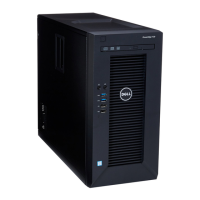
